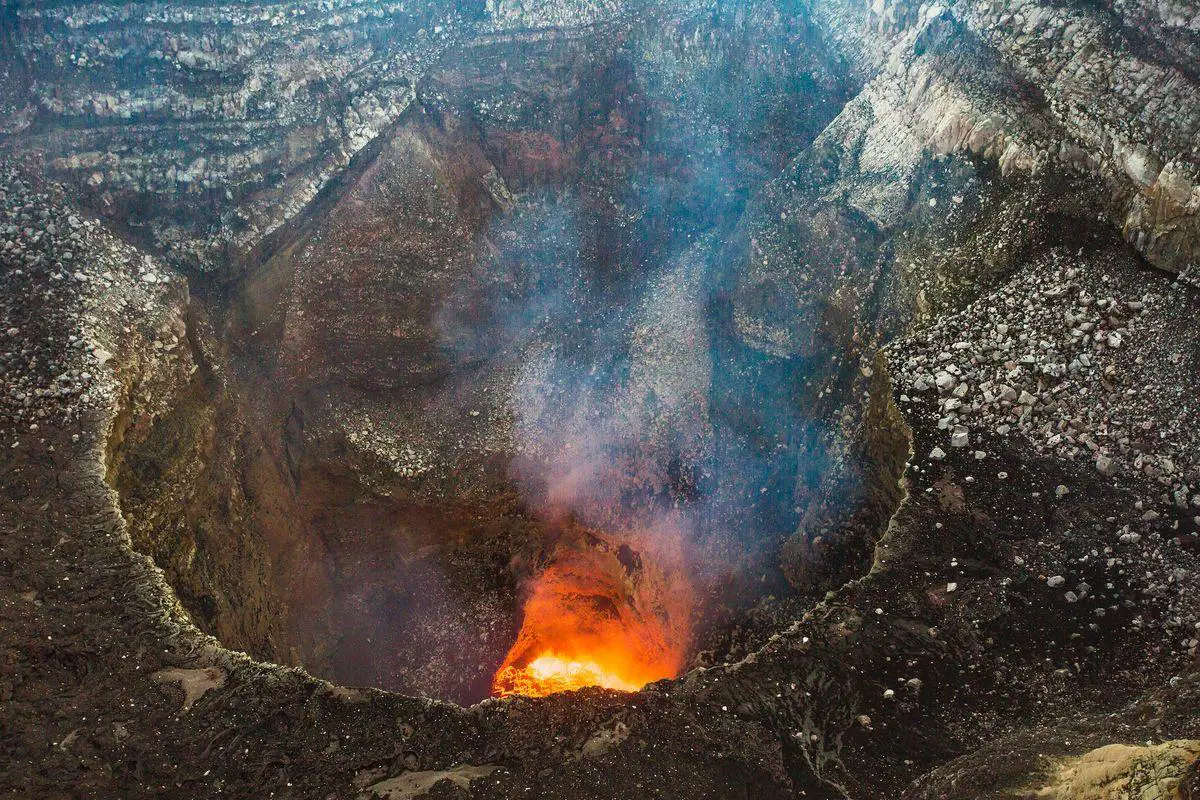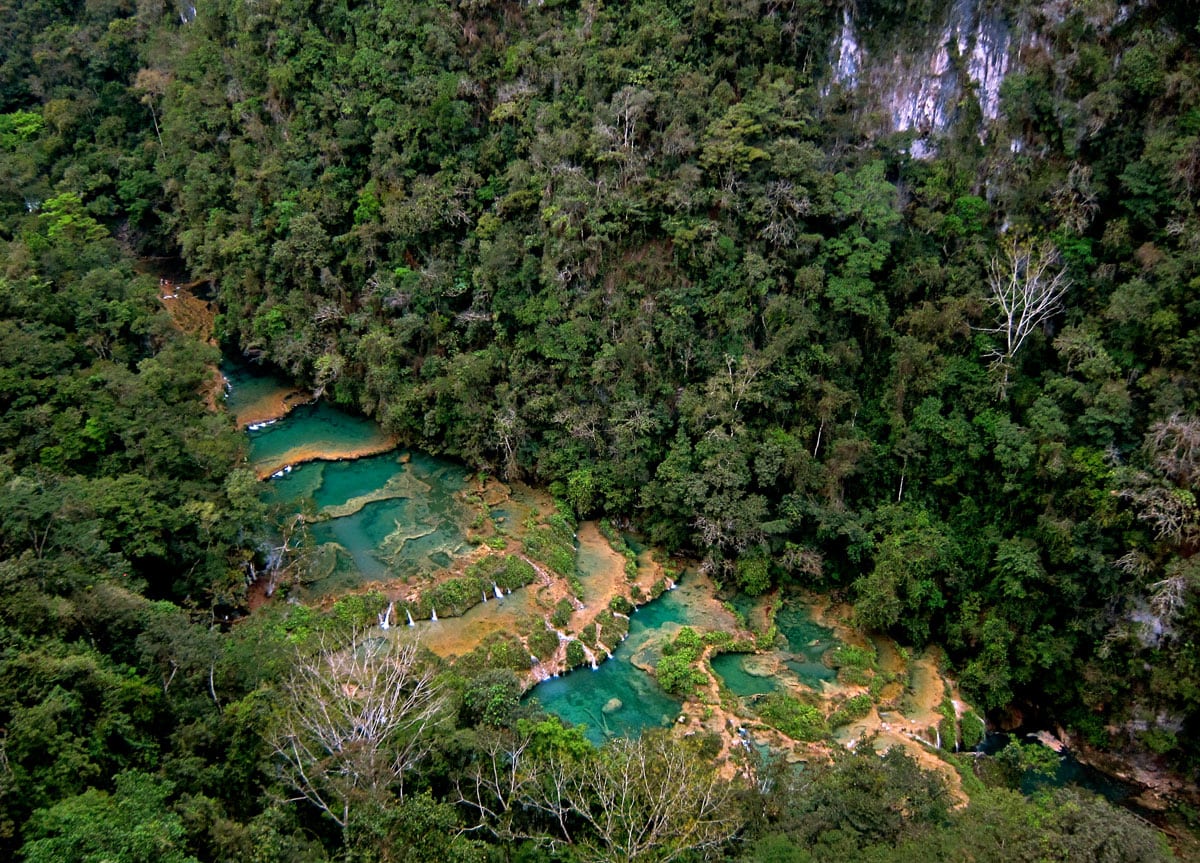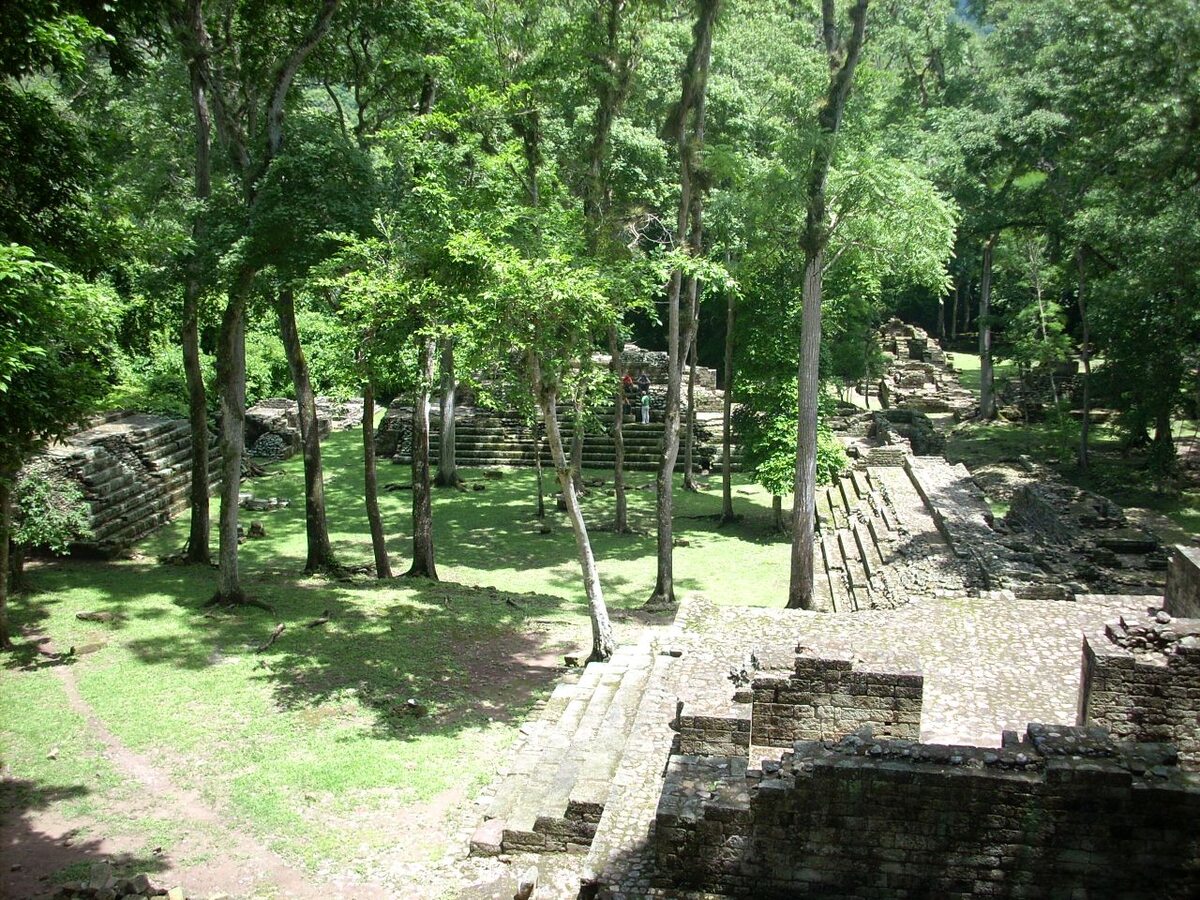Wondermondo 🢖 World 🢖 Wonders of North America 🢖 Wonders of Central America
Territory
Wonders of Central America
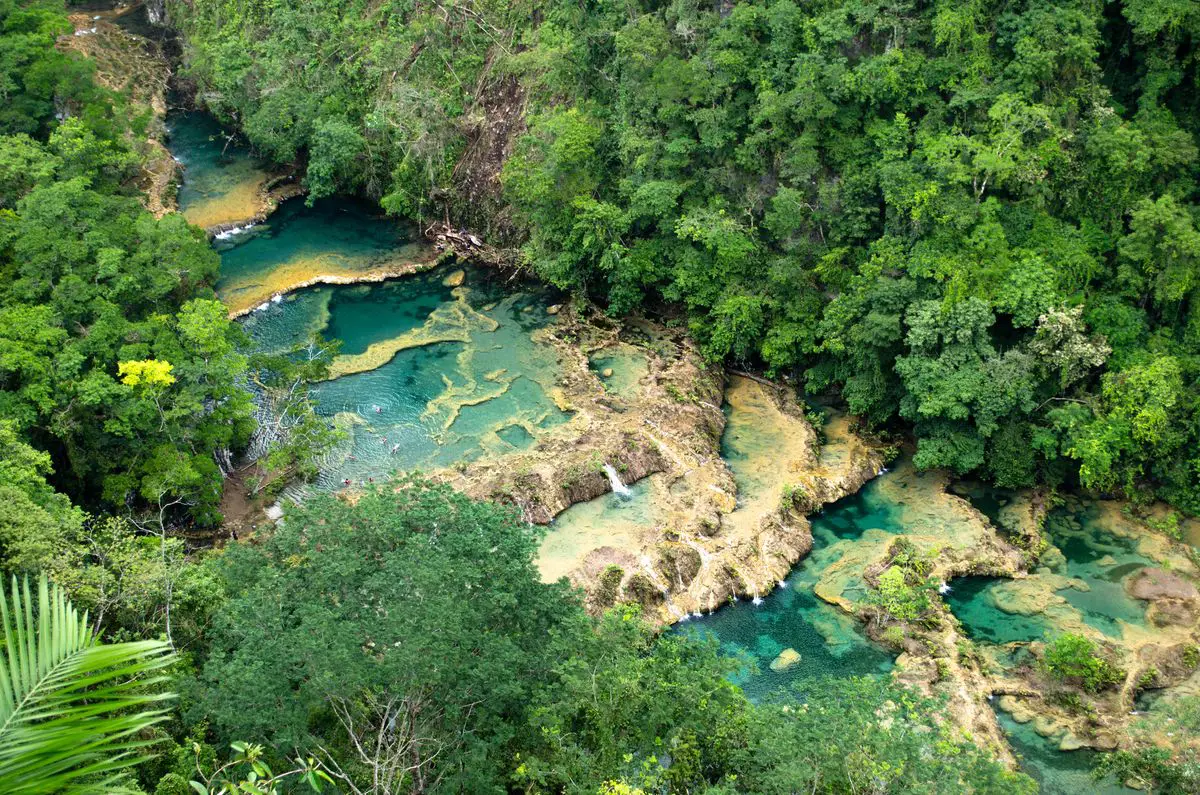
 Highlights
Highlights
Central American is a transition: a land bridge between the enormous North American and South American continents, a narrow divide between Atlantic and Pacific oceans, and a meeting point of the mysterious, grand civilizations of the past and the rich European heritage.
The natural and cultural heritage of this region is very rich and by far – not fully studied yet. The most amazing wonders of Central America are:
- Archaeological heritage, especially – heritage of Maya civilization. Maya has left many thousands of amazing landmarks and new ones are discovered frequently. There are also wonders made by other ancient cultures as well.
- Biodiversity values – biological diversity of Central American countries is one of the highest in the world. Several large tropical forests still exist in Central America. Unique biotopes have developed on isolated summits of mountains and some islands.
- Historical cities and architecture – first European built cities in mainland America were built in Central America. Here are churches, and other buildings in Renaissance, Baroque, and later historical styles.
Countries of Central America
Map with the described wonders
If you see this after your page is loaded completely, leafletJS files are missing.
 Top 25 wonders of Central America
Top 25 wonders of Central America
Geological wonders of Central America
Great Blue Hole
Belize
A perfectly round undersea sinkhole, 318 meters across and 124 meters deep. Contains tilted stalactites possibly hinting at tectonic movements.
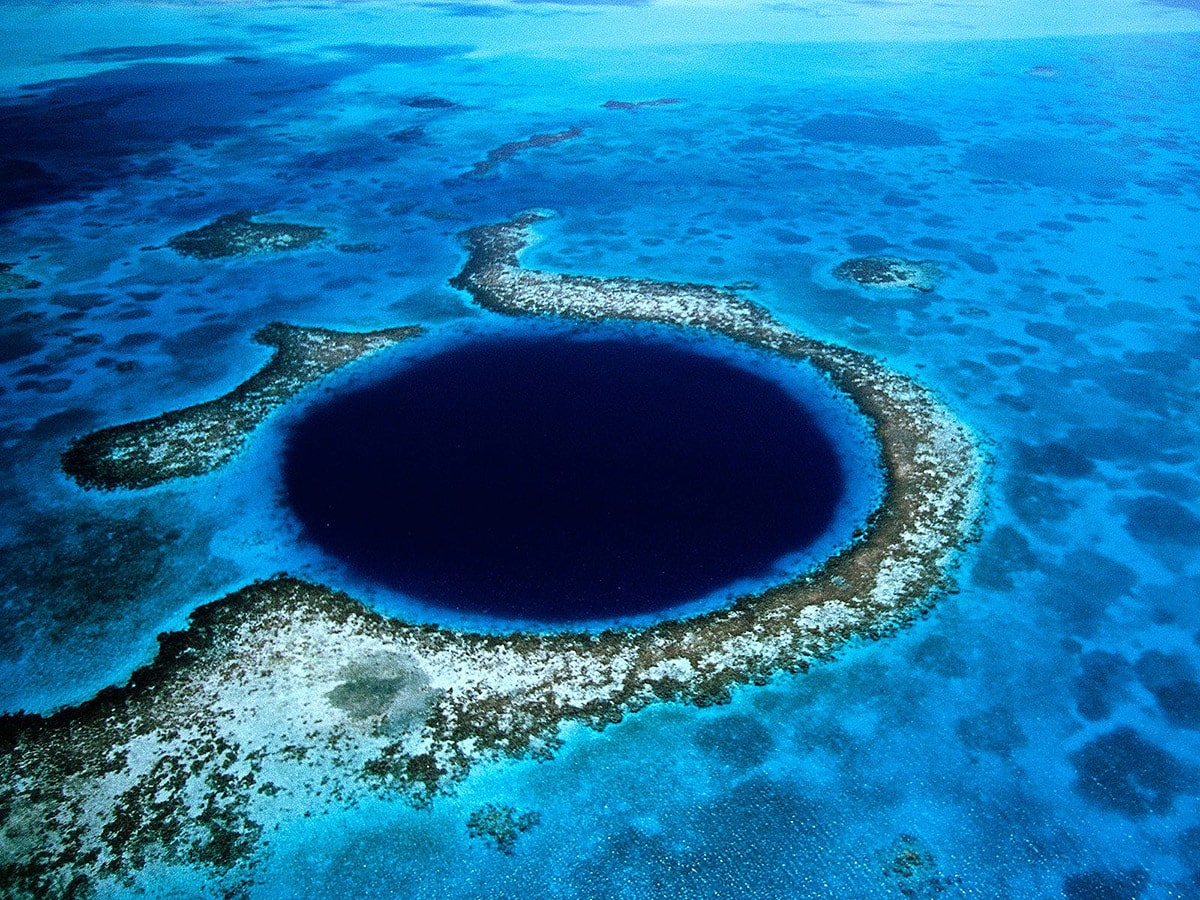
Masaya volcano
Nicaragua
Very active and unusual volcano (635 m) with several active craters. Santiago crater emits large amounts of sulfur dioxide that created acid rain and eliminated vegetation around the volcano. Masaya crater contains intermittent lava lakes – in 1670 in Nindiri crater it was up to 1 km large, by far the largest known lava lake.
Poas Volcano and Laguna Caliente
Costa Rica
Very active and unusual volcano with Laguna Caliente – a lake of extreme acidity reaching up to 0.0 of pH. Frequent phreatic eruptions may eject this acid up to 1 kilometer high. Around the volcano, all the vegetation is stunted brown and black by the extremely acid clouds coming from this lake.
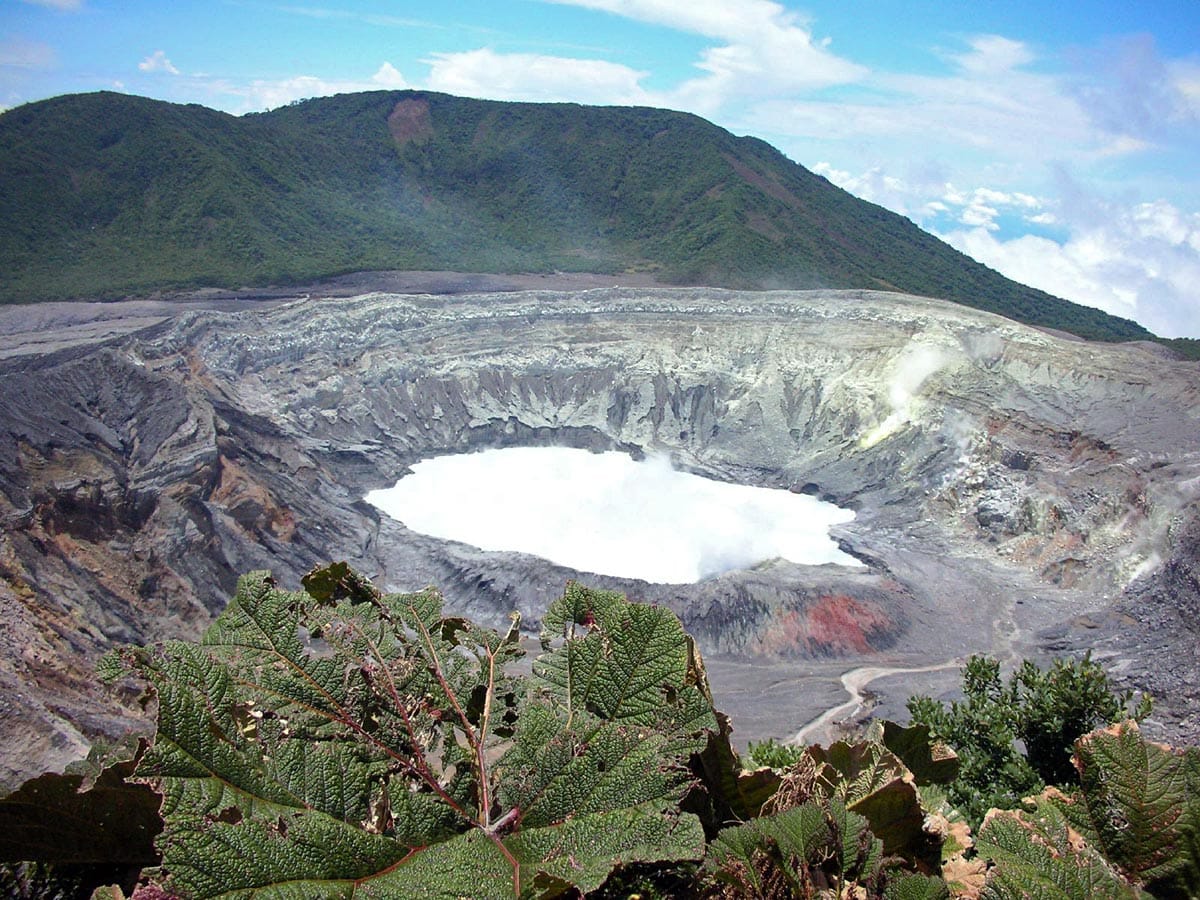
Semuc Champey
Guatemala
Tufa terraces over a 300 m long section of Cahabòn River, forming a group of small, emerald-colored pools. These pools are in a deep, dangerous canyon and end with a cave, where the river disappears.
Barton Creek Cave
Belize
Approximately 7 km long cave with giant passages, navigable river, adorned with dripstone formations and natural bridges. In the past served as a Maya religious center.
Biological wonders of Central America
Monteverde cloud forest
Costa Rica
Cloud forest with extremely high biological diversity. Nature reserve Bosque Nuboso Monteverde has the highest diversity of orchids in the world with more than 500 species, 34 new species were discovered in this forest. Here are found more than 2,500 plant species, 400 bird species, and numerous other organisms.
Rainforest of Cocos Island
Costa Rica
Very picturesque, 24 km² large island with a high number of endemic species of plants and animals. The only island rainforest in the eastern part of the Pacific Ocean. At higher elevations grow even cloud forests. Forests contain 70 endemic species of flowering plants, 65 endemic insects, two endemic lizards, three endemic birds, and numerous other endemic organisms.
Archaeological wonders of Central America
Tikal
Guatemala
One of the largest and most important cities of the Maya civilization. The city flourished in the 3rd – 10th century AD. The city contains an impressive complex of ruined structures, including a 47 m high pyramid. Numerous art values – stelae, burials.
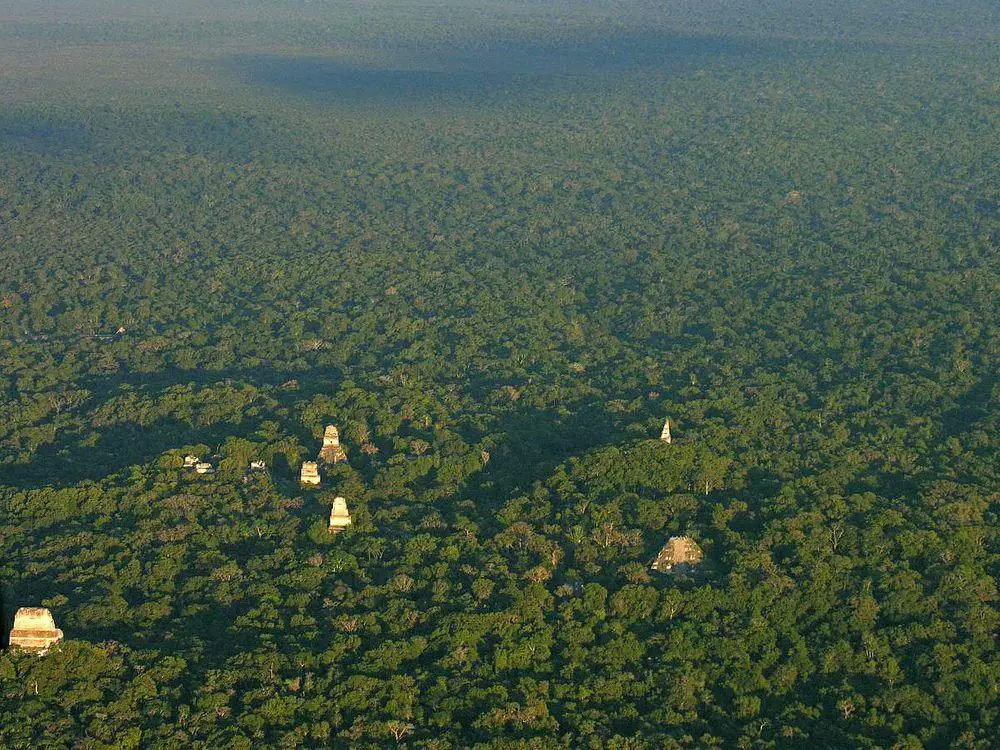
El Mirador
Guatemala
Ruins of Maya city that flourished around the 9th century AD. At times there were living more than 100 000 people – thus it was one of the largest cities in the world then. The central part of the city takes some 26 km². The tallest pyramids are more than 70 m tall (La Danta) and belong to the largest constructions in the ancient world. There are other enormous pyramids: El Tigre is 55 m tall, and Los Monos is 48 m tall.
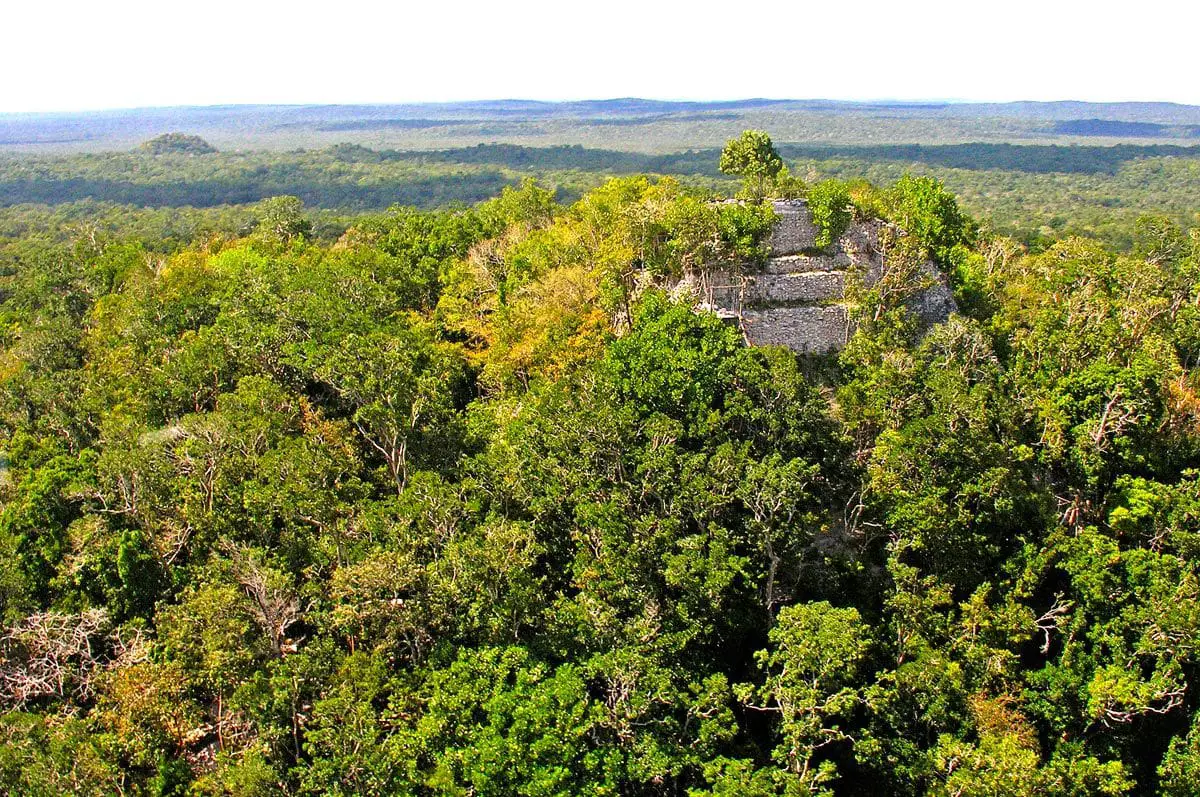
Seibal
Guatemala
Ruins of large and important Maya city. The city was inhabited in 400 BC – 200 AD, then for some time it was in decline and flourished again in the 9th century when there lived up to 10,000 people. Found remnants of thousands of buildings, the last monuments were built in 889 AD.
La Danta temple in El Mirador
Guatemala
Possibly the largest ancient man-made structure in the world, 70 m tall Maya shrine, the tallest structure in Pre-Columbian America. 2.8 million cubic meters of building materials have been used for it. Constructed in the 1st century AD.

Actun Tunichil Muknal
Belize
Important Maya sacrifice cave with skeletons of sacrificed victims. Includes the famous "Crystal Maiden" – a crystallized, sparkling skeleton of a girl and dripstone formations modified by Maya to resemble human faces and animals.
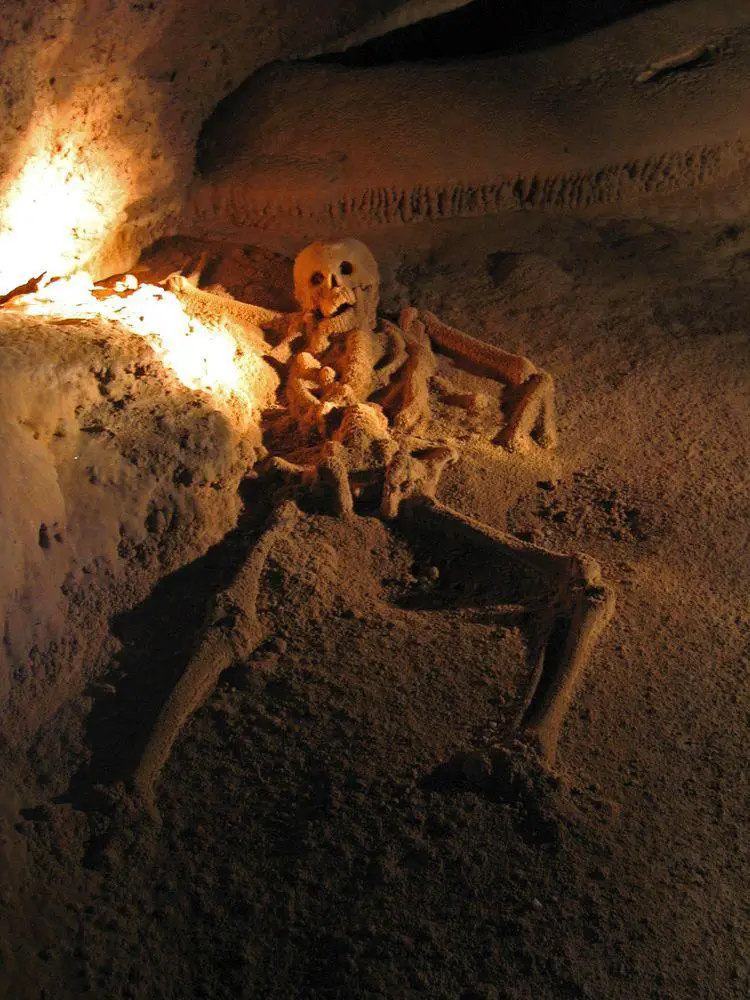
Xunantunich
Belize
An important Mayan city of the Classical era, 200 – 900 AD. Contains numerous buildings, the best known is the 40 m tall El Castillo pyramid. Also site of legends: even the present name of this site stems from deterrent ghost – white dressed women with red glowing eyes seen at El Castillo.
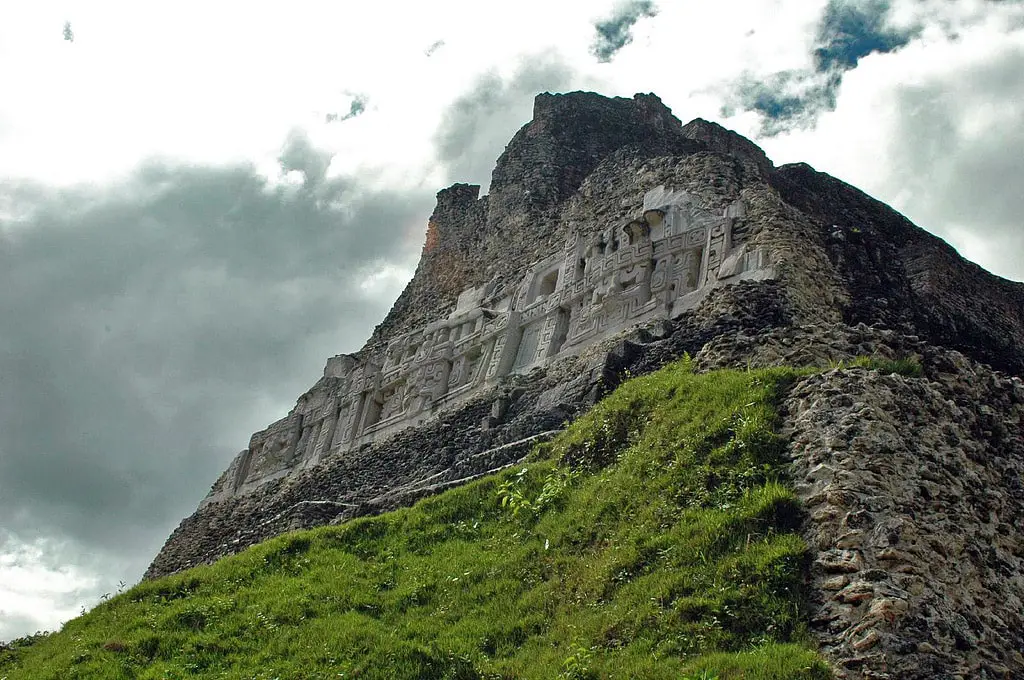
Quiriguá
Guatemala
Ruins of a very interesting Maya city that was founded sometime around 200 AD and abandoned by 850 AD. Here have been preserved some of the most elaborate stone sculptures in Central America and the tallest prehistoric stone sculptures in America. Stela E is 10.6 m tall and weighs approximately 65 tons, it has been brought from quarries 5 km away. Some other steles are very large as well. The site contains sculpted Maya calendars that have provided much knowledge about this civilization.
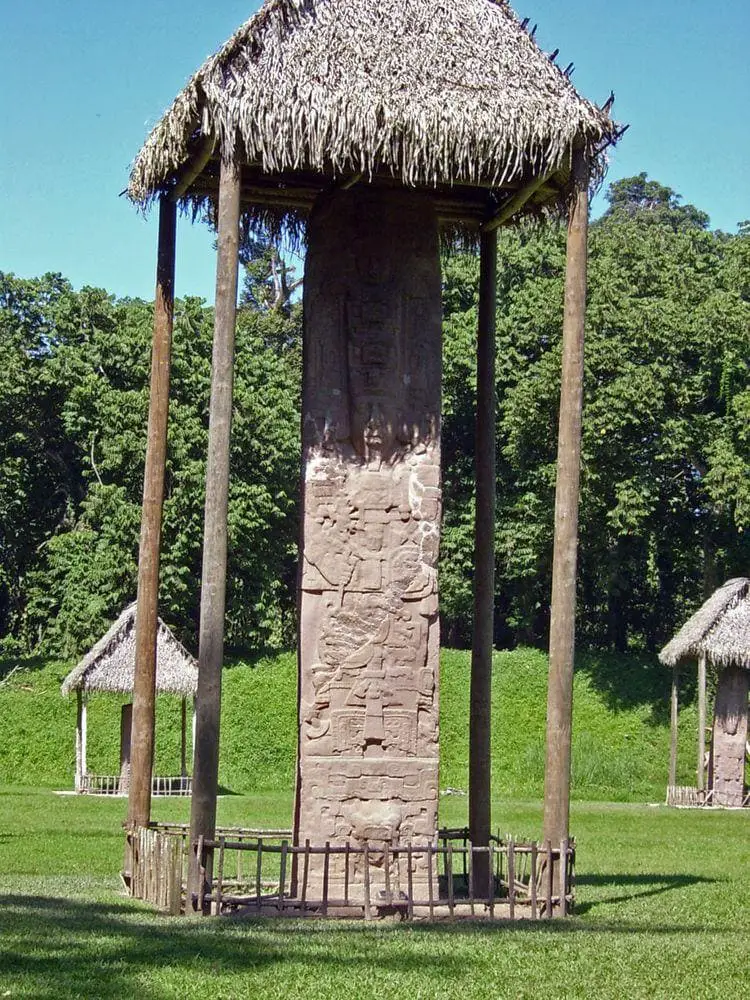
Copán
Honduras
Remnants of a Maya city that flourished in the 5th – 9th centuries AD when Copán was a capital city. The city was located on the southeastern border of the Maya realm, surrounded by non-Maya peoples. It covered an area of more than 250 km² and had a population of more than 20,000 people. Steles of high artistic quality, as well as the Rosalila temple and numerous other structures and artwork.
Caracol
Belize
The most important Mayan center in the area of present-day Belize. Inhabited since 1200 BC, flourished in 485 – 889 AD. In its heyday covered an area of 168 km². Contains the highest pyramid in Belize – Caana, some 45 m tall.
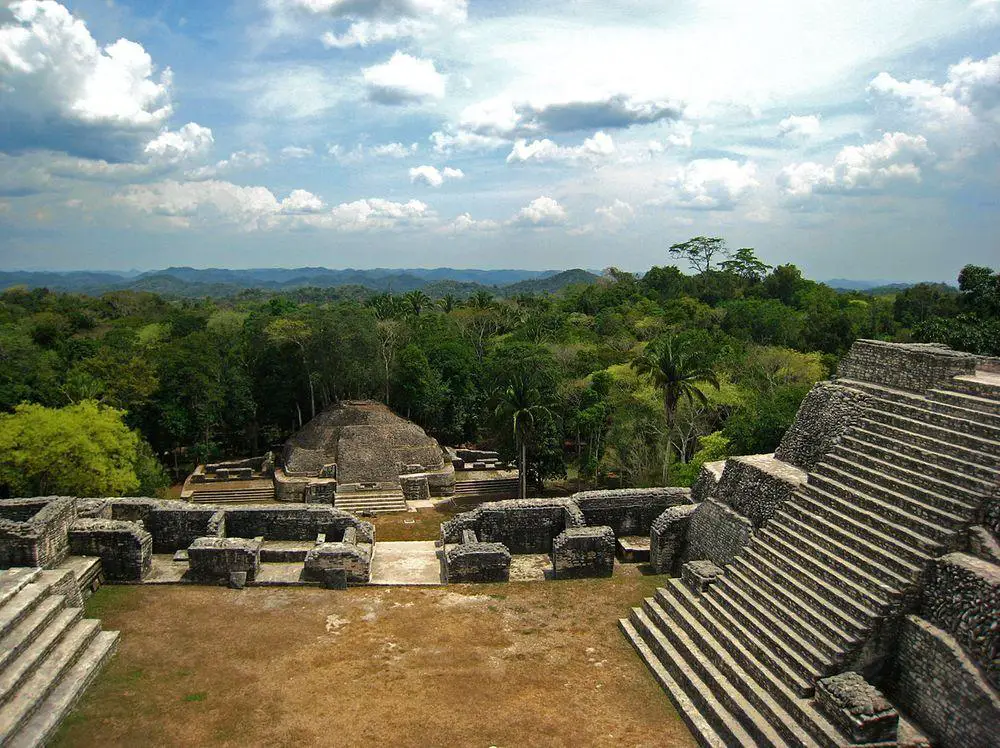
Spheres on Isla del Caño
Costa Rica
Very unusual monument – perfectly round stone (granite) spheres. This is an ancient monument but the exact timing and culture are unknown. Many spheres in Isla del Caño are still in their original place – some are located in an ancient cemetery of the Boruca people. Spheres have been found also in some remote parts of the Osa Peninsula.
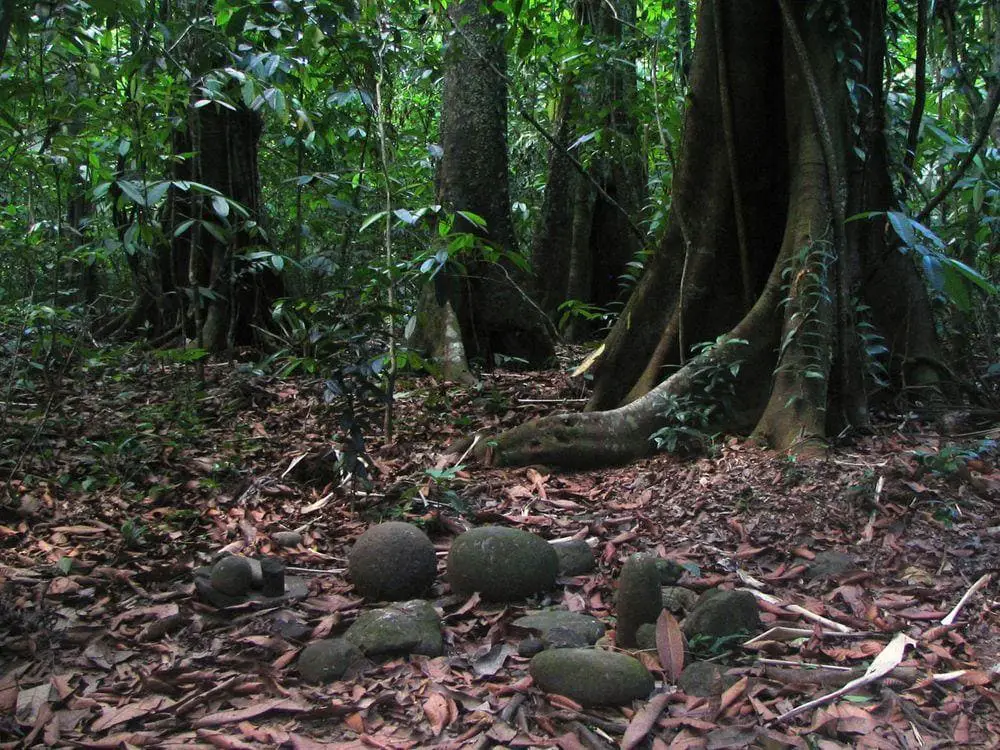
Iximche
Guatemala
Ruins of a large Maya city, the capital of a local kingdom from 1470 to 1524. The site contains numerous pyramids, palaces, and two ballcourts. The first capital of the Kingdom of Guatemala, soon abandoned. Thanks to the alliance of the Spanish with local rulers, this city has been largely preserved.
Guayabo de Turrialba
Costa Rica
Most impressive archaeological monument in Costa Rica: a city or ceremonial center (size – 218 ha) that was inhabited in 1000 BC – 1400 AD. It is estimated that roughly in 800 AD there lived some 10,000 people. The site contains remnants of stone structures, paved streets, and plazas, complex aqueducts, bridges. Here are located also the mysterious round stone balls characteristic of this region. Here have been found numerous petroglyphs that show animals, geometric figures, and possible conceptual signs of proto-writing. Found also numerous golden items.
Xultun
Guatemala
Ruins of large, little-explored Maya city with many interesting monuments, such as 35 m tall pyramid, and two ballcourts. There has been found a mural with the Maya calendar that illustrates that Maya did not think that the world’s end will come in 2012.
Tikal Temple V
Guatemala
57 m tall pyramid, built sometimes around 700 AD. Offerings and burials of huge importance for science have been found here.
Río Azul
Guatemala
Ruins of a large Maya city that flourished around 400 AD. Remnants of 752 buildings, the tallest pyramid in the city is 47 m high. In the city was found a beautiful chocolate pot with a screw for the lid.
Architecture wonders of Central America
Antigua Guatemala
Guatemala
Historical city with well-preserved and beautiful buildings in Baroque and Mudejar styles, one of the most beautiful historical cities in the Americas. This was the third capital of Guatemala, established in 1543 and destroyed by an earthquake in 1717 when more than 3,000 buildings collapsed. The city was destroyed once more in 1773. Since then the capital of Guatemala is in Guatemala City.
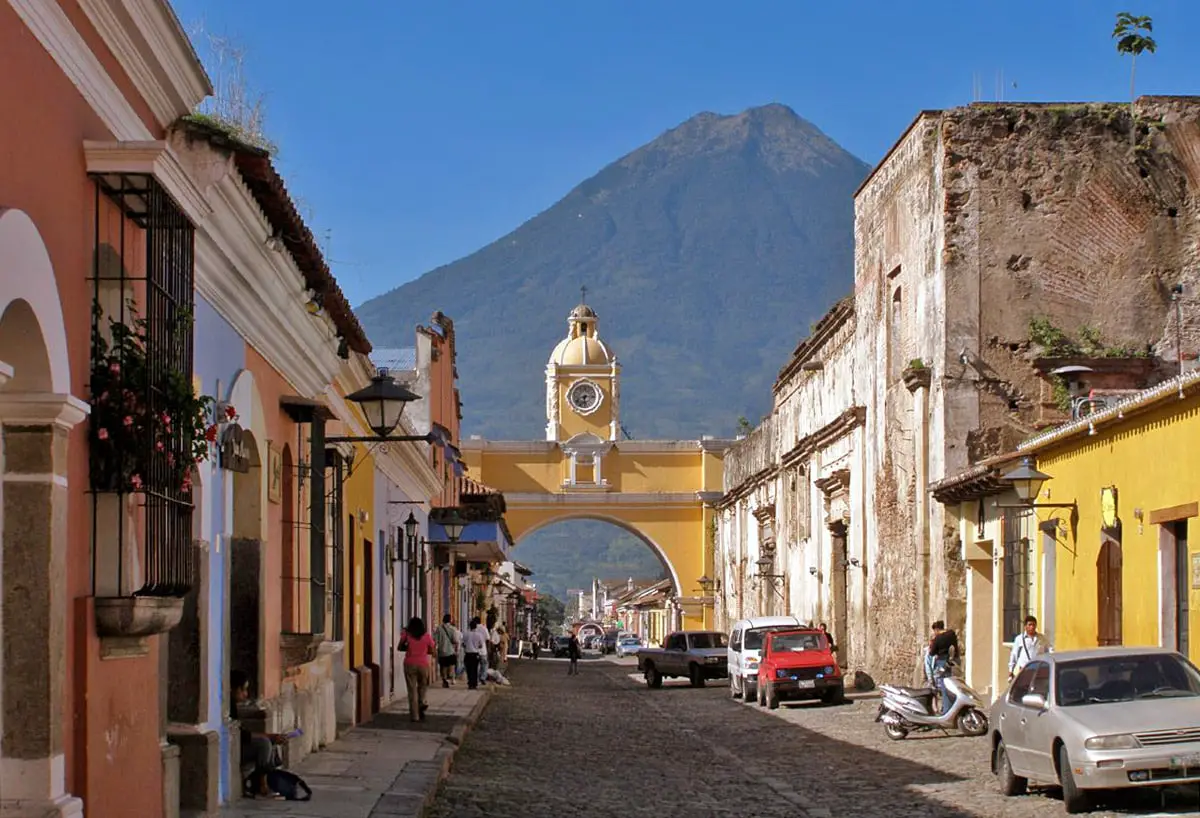
Tayasal – Old Flores (Noh Petén)
Guatemala
The last Maya city – Tayasal – existed on the island of Lake Peten Itza. It was conquered in 1697 and contemporary Flores city was developed here instead. Nowadays this small island is a densely built area with many historical buildings.
Santo Tomás Church in Chichicastenango
Guatemala
Church in Renaissance style, built in 1545 on the top of the Maya temple platform. The steps of the Maya pyramid are revered by Maya up to this day. Nearby is a sacred, carved stone Cofradia of Pascual Abaj.
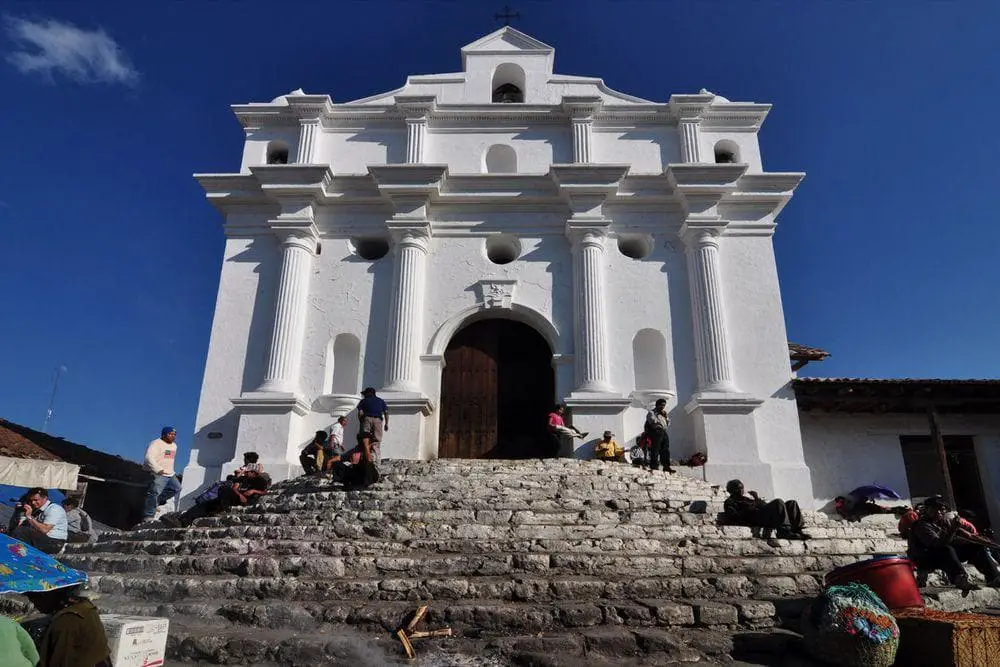
 Recommended books
Recommended books
Don’t Go There. It’s Not Safe. You’ll Die.: And other more rational advice for overlanding Mexico & Central America
Your complete guide for overlanding in Mexico and Central America. This book provides detailed and up-to-date information by country. It also includes 11 chapters of information for planning and preparing your trip and 9 chapters on what to expect while driving through Mexico and Central America. Completed by the authors of LifeRemotely.com this is the most comprehensive guide for driving the Pan American yet!
The Rough Guide to Central America on a Budget
This new, fully updated edition of The Rough Guide to Central America on a Budget is the ultimate guide to the region, covering all seven Central American countries in-depth with Rough Guides’ unique tell-it-like-it-is style. Itineraries help you choose where to go, full-color maps show you how to get around and hundreds of detailed reviews give insider tips on where to stay, eat, and party. Rough Guides’ intrepid authors have climbed up Mayan monuments, braved chicken buses, and hiked through the jungle to give you advice on what to see, how to budget, and when to splurge, while the language section gives you enough Spanish to make some new friends or simply order an ice-cold cerveza.

